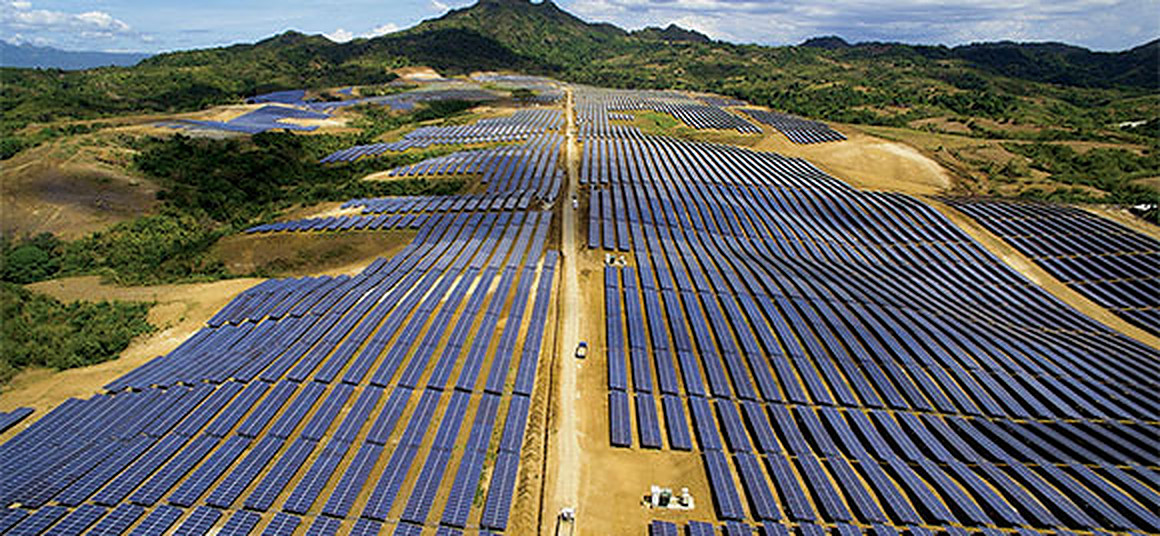Solar Philippines, the listed unit of Manila-based PV module manufacturer and project developer SP New Energy Corp. (SPNEC), confirmed today it has started clearing land for what is poised to be the company’s flagship 4 GW Terra Solar development in Nueva Ecija and Bulacan, located in the northern Philippines.
The company claims this is the world’s largest solar project made up of 3.5 GW of solar panels with 4 GWh of battery storage. The project is estimated to cost PHP 200 billion ($3.59 million) and be completed by early 2026.
“This will be one of the largest solar projects not just in Asia but in the world,” said Manuel Pangilinan, chairman and CEO of the country’s electric power distribution company, Meralco.
Solar Philippines first announced in 2021 it would build a 500 MW solar farm on former ranch land in Peñaranda. In December of that year, SPNEC also made its debut on the Philippine Stock Exchange, setting its initial public offering at PHP 1 per share. In 2022, the company unveiled its plans to add 3.5 GW to the original 500 MW solar farm in Luzon, expanding the project eightfold.
At the time, SPNEC said it was using the proceeds from various capital raises to acquire the land for the 3.5 GW project extension, including a previously announced stock rights offering to raise at least PHP 10 billion ($179 million), as well as planned asset-for-share swap with parent company Solar Philippines, which is expected to be completed by the end of 2022.
Solar Philippines founder Leandro Leviste said the company had tried to secure land permits with the Department of Energy since 2016 to shore up the project, which will extend 60 kilometers to connect to NGCP’s (National Grid Corp. of the Philippines) substations that supply the Greater Manila Area.
Legal reforms and a liberalized energy market have tapped the Philippines to be “the place” when developing large-scale solar arrays in Southeast Asia, one analyst told pv magazine.
The Philippines aims to install 15 GW of clean energy by 2030, with a possible focus on mini-grids and standalone clean power systems due to the country's archipelagic nature, according to a 2022 report by the International Renewable Energy Agency (IRENA).
This content is protected by copyright and may not be reused. If you want to cooperate with us and would like to reuse some of our content, please contact: editors@pv-magazine.com.



8 comments
By submitting this form you agree to pv magazine using your data for the purposes of publishing your comment.
Your personal data will only be disclosed or otherwise transmitted to third parties for the purposes of spam filtering or if this is necessary for technical maintenance of the website. Any other transfer to third parties will not take place unless this is justified on the basis of applicable data protection regulations or if pv magazine is legally obliged to do so.
You may revoke this consent at any time with effect for the future, in which case your personal data will be deleted immediately. Otherwise, your data will be deleted if pv magazine has processed your request or the purpose of data storage is fulfilled.
Further information on data privacy can be found in our Data Protection Policy.